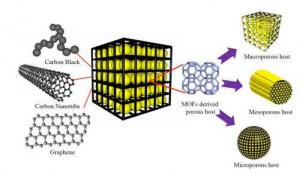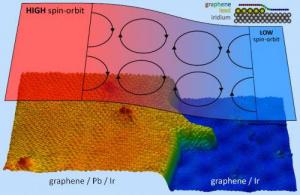Haydale's EPL secures a £261,000 grant to test graphene-enhanced composite for oil & gas pipes
 The British Haydale, the Company focused on enabling technology for the commercialization of graphene, announced that its subsidiary EPL received a £261,000 Regional Growth Fund (RGF) grant by the Leicester and Leicestershire Enterprise Partnership (LLEP).
The British Haydale, the Company focused on enabling technology for the commercialization of graphene, announced that its subsidiary EPL received a £261,000 Regional Growth Fund (RGF) grant by the Leicester and Leicestershire Enterprise Partnership (LLEP).
The grant will be provided in the first quarter of 2015, and is aimed at part-financing EPL's testing of fiber-reinforced thermoplastic composite pipes towards commercialization of the product process in the US oil and gas industry. EPL and Haydale are working to incorporate graphene into the thermoplastic composite pipes to enhance oil and gas permeation resistance of these materials as well as increasing the materials' long term durability performance.



